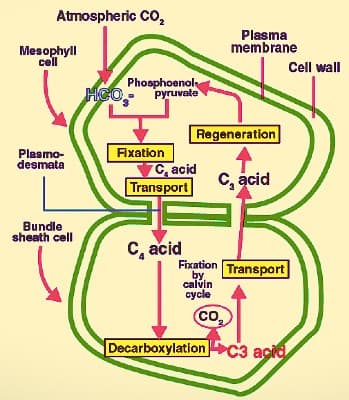EASY
Earn 100
The thickness of Casparian strips can be adapted to the environment.
(a)True
(b)False
100% studentsanswered this correctly
Important Questions on Plant Anatomy and Plant Physiology
EASY
EASY
EASY
In C4 plants, the bundle sheath cells:
EASY
EASY
In between xylem and phloem bundles, there is presence of one or many layers of thin walled elongated parenchymatous cells without intercellular spaces constitutes the meristematic tissue.
EASY
EASY
EASY
EASY
MEDIUM
EASY
EASY
When the protoxylem lies towards the periphery the xylem is called _____.
EASY
EASY
EASY
EASY
EASY
Observe the diagram and answer the following.

Which group of plants exhibits these two types of cells? (Bryophytes/ Dicots/ Monocots)
EASY
MEDIUM
EASY
_____ also known as rhizoderm or piliferous layer.

